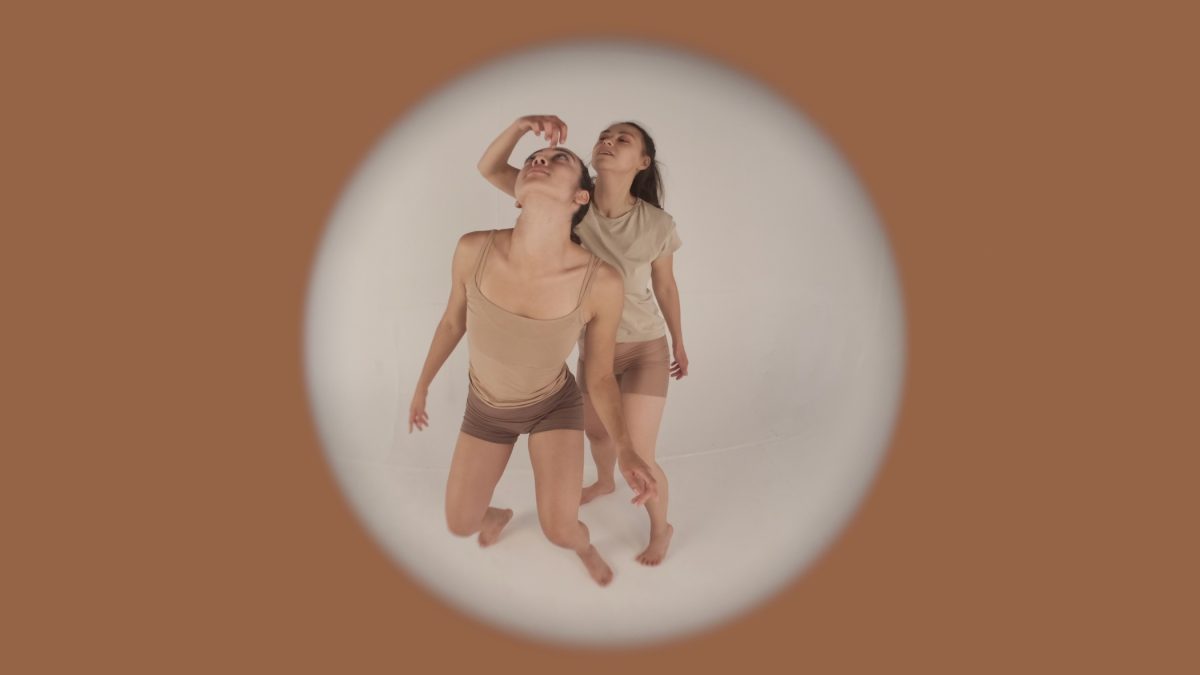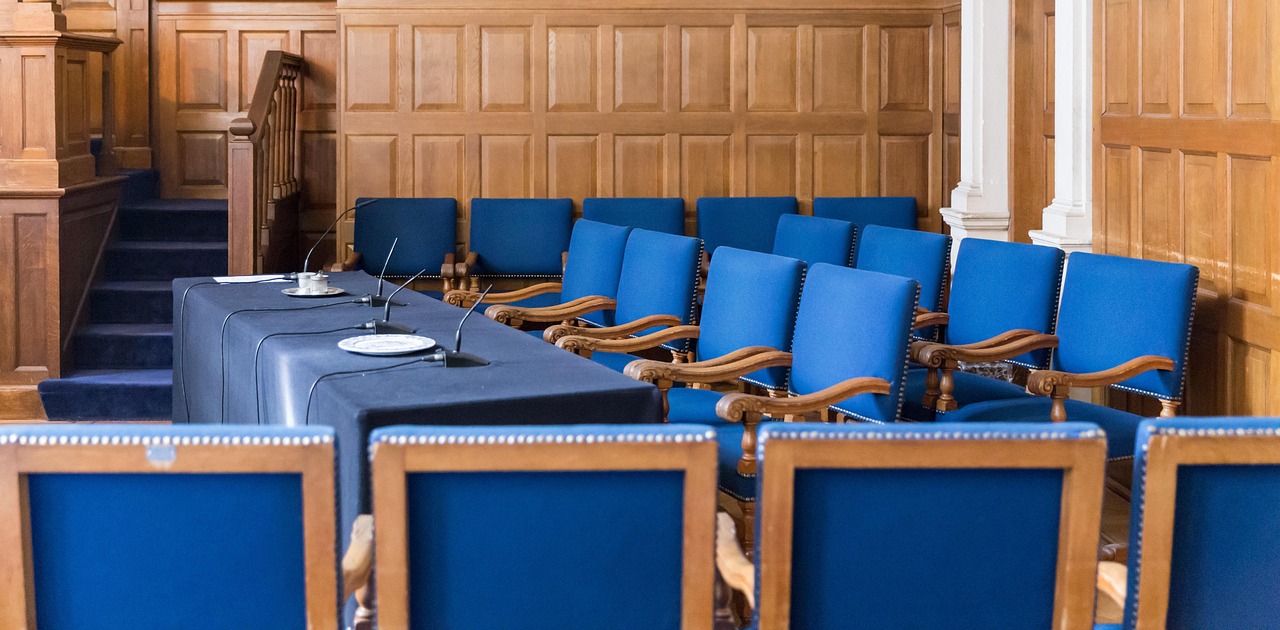Sleep is something we all need to function properly. When you become a parent via adoption, it’s often something that becomes disrupted quite quickly. Tackling sleep issues for adopted children can be difficult to manage. Even if they had a good sleep routine with their foster carer, it’s likely that will fall by the wayside when they come home.
Most children will settle into a new sleep routine. But for some adopted children, sleep issues have a huge impact on them and the rest of their family. Kerry from The Sleep Fixer is a sleep specialist and explains why sleep is a common issue for adopted children. In this article she gives advice about how to improve things and information about the services she provides to help families overcome sleep problems. You can follow Kerry on Facebook and Instagram.
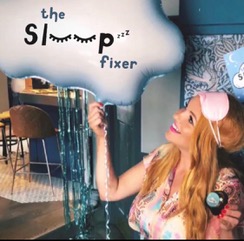
The most blissful word ‘sleep’
I just want to take a moment to introduce myself and give you a little bit of background. My name is Kerry and I’m a sleep specialist. I’ve been working in the field of sleep for the last nine years, eight of which were spent within local authority and the NHS. I’ve had the pleasure of working with many children and their families both pre and post adoption on sleep issues. They’ve had some absolutely outstanding results, achieving some really good, positive sleep outcomes allowing families to function the best they can.
It’s no secret that poor sleep has a detrimental impact on health and well-being. It’s one of the leading causes of mental health issues. Poor sleep impacts on the whole family. Alongside other issues that can arise post adoption, it can contribute to a breakdown in placements. We all need our sleep!
So, what are the most common causes for sleep issues in children post adoption?
A large proportion of children post adoption will have difficulties with sleep. These can range from difficulties in falling asleep, waking up during the night to waking very early in the morning.
There may be several causes for these issues and they can vary in intensity from child to child.
Sleep – the biological process
Our bodies are equipped with an internal clock, known as the circadian rhythm. This helps to set our sleep/wake cues. The clock is strengthened by external cues that we give it or support our children to give it. This helps our bodies to process the information and allow our clocks to work effectively thus falling asleep at a set time and waking at a set time.
Having consistent bedtimes and wake times will inform the circadian clock of what it should be doing and when.
Some children may have not experienced this consistent cycle that leads to an established sleep/wake cycle. This can lead to erratic sleep cycles or a sleep cycle that is set to work at the ‘wrong’ time of the night and/or morning.
It’s important to have certain information to work out if this is a factor in a child’s sleep. If, for example, a child of seven years old is going to bed at an age appropriate time of say 8pm, but their body clock is not telling them to fall asleep until, say, 10pm, they will effectively be awake in bed for three hours. This in turn can lead to behavioural issues and an increase in stress and worry!
Sleep – the learned process
In order for our bodies to achieve a good quality and quantity of sleep, we have to teach it what to do consistently. Children will often require parental input for these to be effective in the early stages. This is where children will develop the skills to self-settle. But some children, post adoption, may not have these developed skills and need a little support.
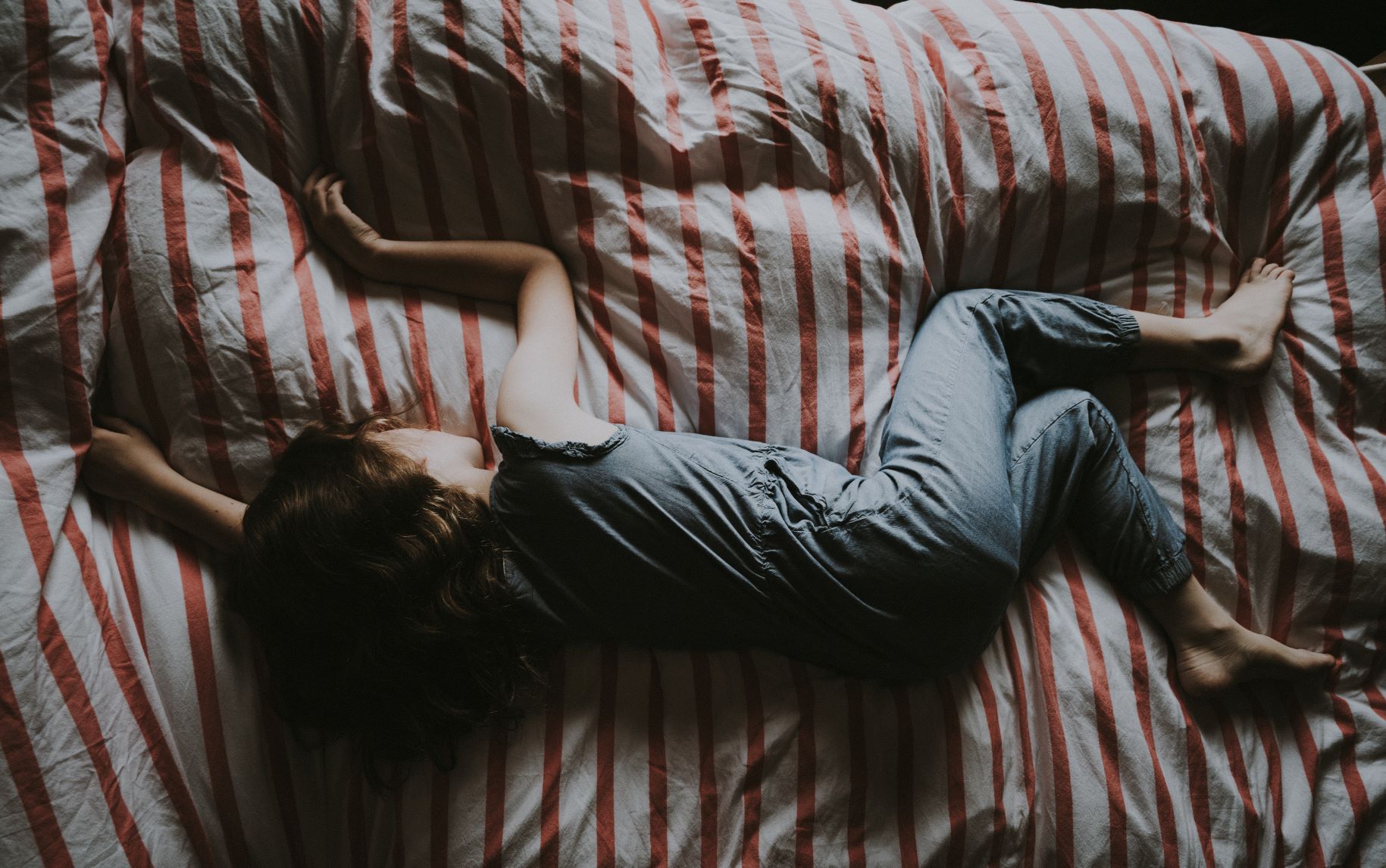
Our environment will also play a crucial role in falling to sleep. What does our environment look like? Is it consistently the same throughout the night? Post adoption there will always be a change in environment. To some degree, this will have an effect on sleep for most.
For example, a child may have shared a room with other siblings and/or parents. They may be used to a noisy environment at bedtime or may not have even slept in a bed. Considering the type of environment a child may have been used to settling to sleep in, will also be a consideration.
Emotions during trauma
Difficult situations arising at bedtime in the past can understandably contribute to a child’s difficulties around bedtime. Also, attachment will play a huge role in the ability to fall asleep.
During dream sleep, we process and consolidate memories. This can be difficult when healing and processing lots of information and change. Nightmares, night terrors and sleep walking can occur as a result of this which can often be difficult to manage. It can also create fear around bedtime itself for both the parents and child.
It can be the case that the lead up to bedtime and bedtime itself triggers difficult emotions in children post adoption. Stress, worry and anxiety are closely related to sleep difficulties.
These are just a few examples of the situations that I’ve seen in practice. It’s often the case that children may have a mixture of these that need a little extra input. But there is a light at the end of the tunnel.
Sleep really can have such a positive impact and there are definite ways to improve sleep outcomes for children post adoption. For adoptive parents, I think having a really good underpinning knowledge around sleep can be so helpful. This coupled up with some support and a listening ear.
The Sleep Fixer
The Sleep Fixer was launched to support and help parents through this challenging time. I work alongside families with children and young people aged between 1-18 years.
The Sleep Fixer takes into account the biological, learned and emotional aspects of sleep. There are two options for support offered via 1-2-1 telephone/video consultation or the digital pack. Both of these options are underpinned with a great deal of knowledge and experience. This empowers parents to make simple changes that really can make all the difference. Sleep needs to be looked at as a whole and in a positive manner. It’s something we should prioritise and cherish.
Every family that accesses either option will receive full support every step of the way whilst they implement changes. There are no timeframes, and this is not about ‘a’ training method. It really is about you and your family getting the sleep you so rightfully deserve to help strengthen physical, emotional and mental health. We take it at yours and your child’s pace to ensure that everyone is happy.
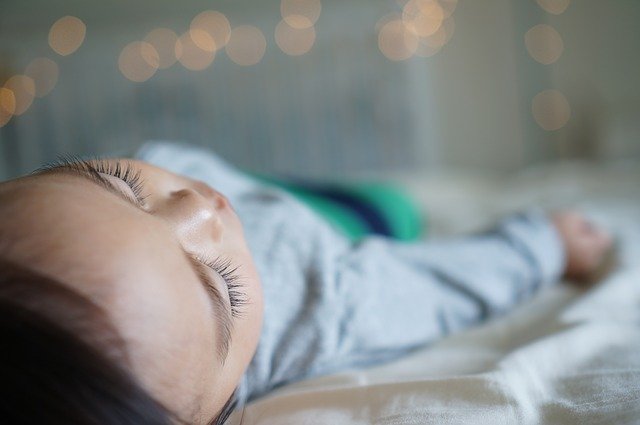
Click to read more articles about sleep from Lauren and Rosey.

